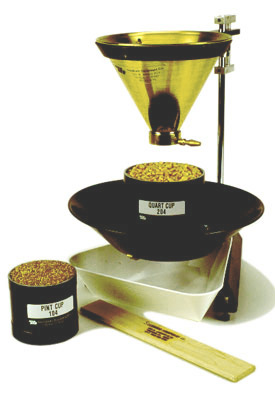
Among the top 10 most discussed (and cussed) topics at the Chat ‘n Chew Cafe during corn harvest season is the grain test weight being reported from corn fields in the neighborhood.

Among the top 10 most discussed (and cussed) topics at the Chat ‘n Chew Cafe during corn harvest season is the grain test weight being reported from corn fields in the neighborhood.
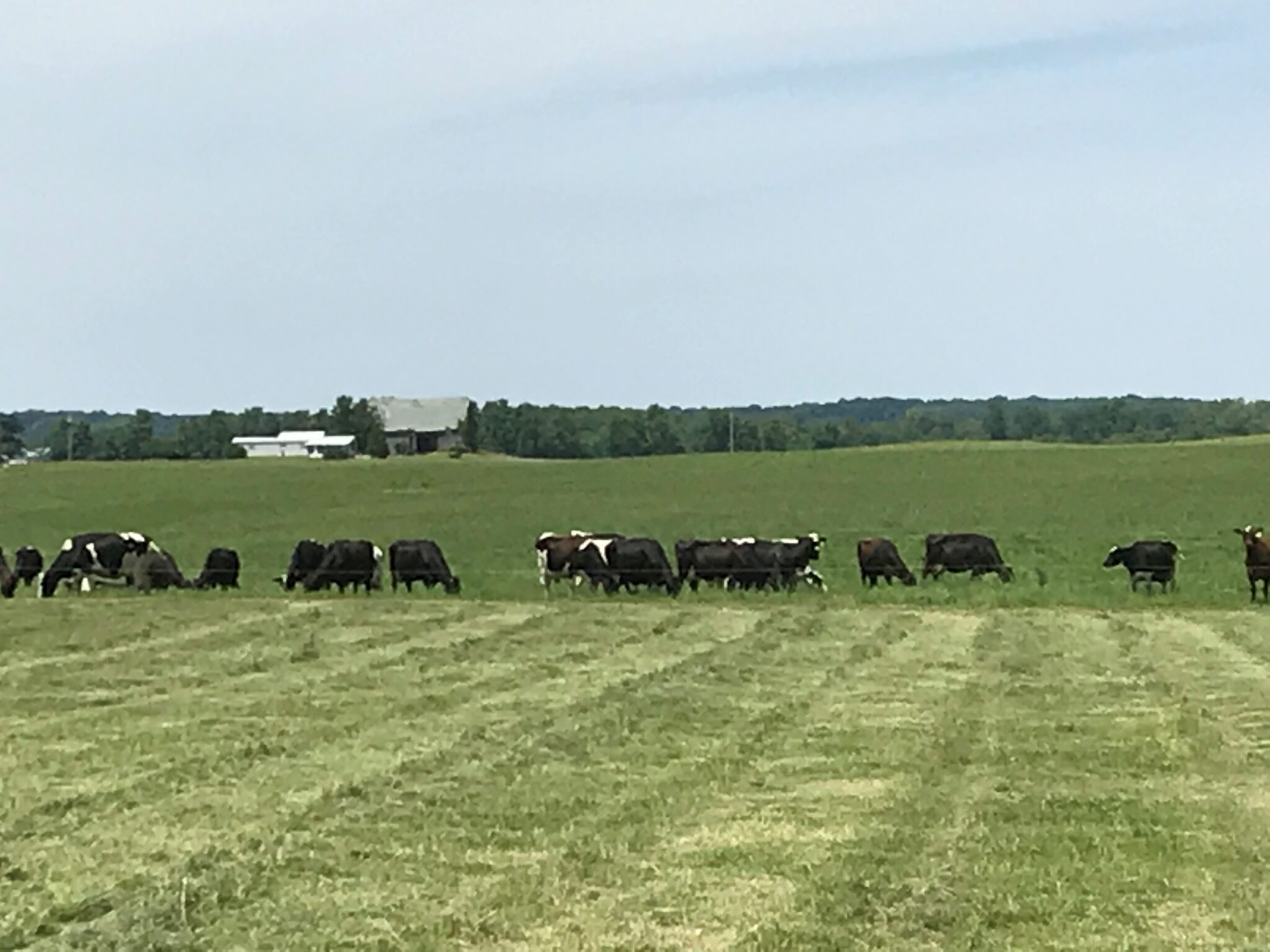
Managing pasture properly requires much skill, just like any agronomic crop.
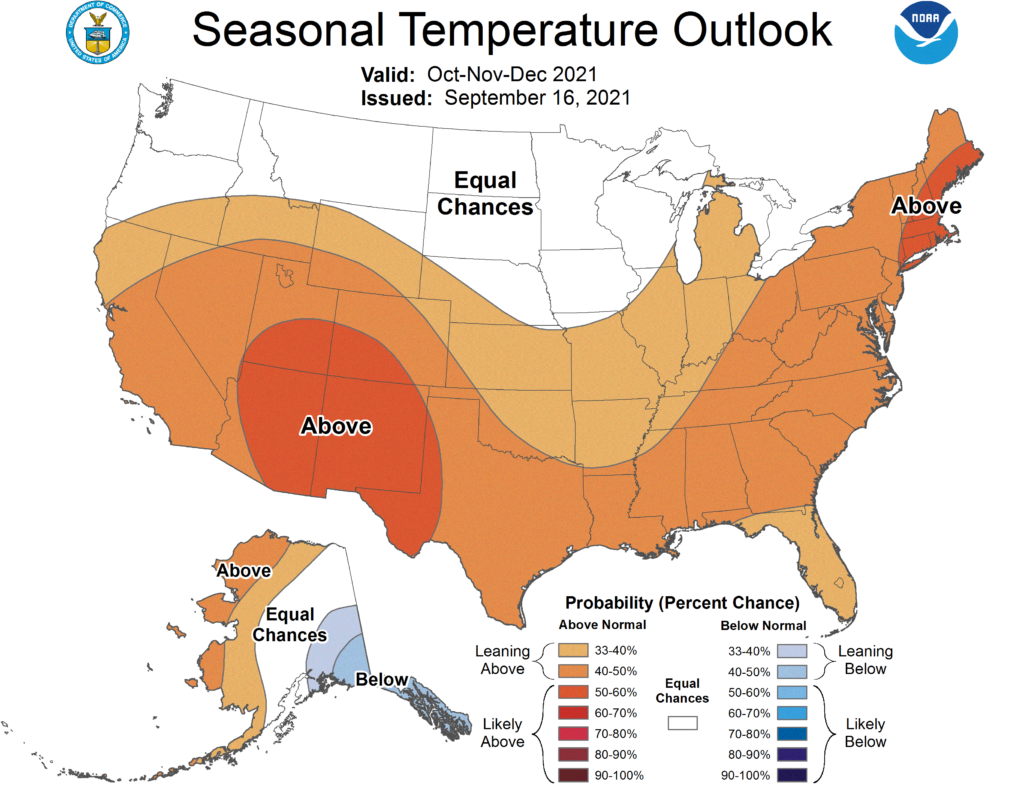
The most recent climate outlooks for the October through December period is slightly favoring above-normal temperatures (Figure 1) with equal chances for above-normal, below-normal, or normal precipitation across Indiana (Figure 2). The climate outlooks for October are more strongly favoring above-normal temperatures across the state with precipitation being only slightly favored for the northeastern part of the state.

There are many factors that can contribute to stalk decline. There are both plant pathogenic causes and abiotic stresses factors that can play a role in reduced stalk integrity, such as drought and flooding. Either way, as stalk tissue becomes compromised below the main ear the stalk may become brittle or weak and be prone to lodging.
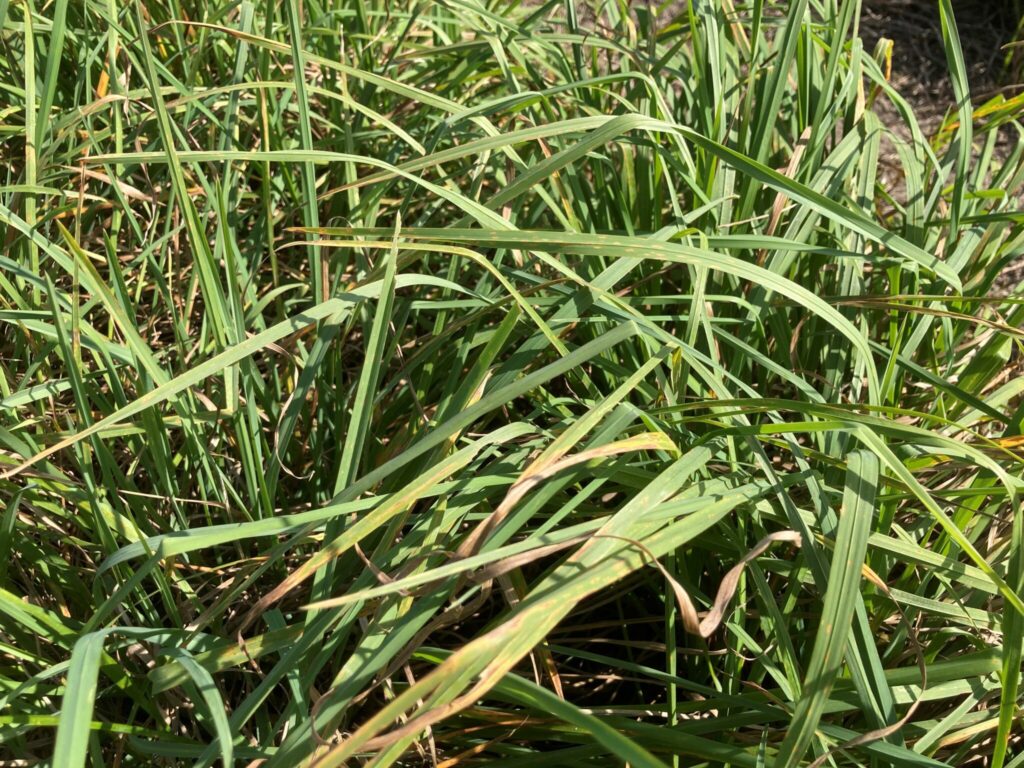
As the season transitions to fall, it is a good time to deliberate what should be done to improve your forage-livestock business.

Plants are around us no matter where you live. I am challenged with plant identification as an agriculturalist and enjoy learning to identify plants that are not in production agriculture, too. This week I was asked to help a producer identify a weed growing in a recently seeded orchardgrass field. Purslane was the plant in question. An email request was shared this week with me about identifying plants in a pasture that may have caused several beef cattle deaths. Did poisonous plants or another concern cause cattle deaths? Learning how to identify plants is a worthy skill. Too many of us learned how to identify poison ivy from the unfortunate contact we had with it on a hike or learned how to identify it from someone else that felt itchy discomfort. Some individuals have taken an interest in foraging out food resources in the great outdoors. They took time to[Read More…]
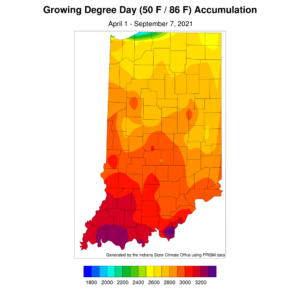
Enjoy these cooler, drier September days while you can. Climate outlooks from the national Climate Prediction Center are strongly favoring above-normal temperatures for the 6-to-10-day period of September 14th through 18th. Precipitation outlooks are slightly favoring above-normal conditions, but will then shift to drier-than-normal conditions. This should mean fewer muggy days with lower heat index values. The average September temperatures across Indiana – based upon the 1991-2020 period – range in the 60s with daytime highs between 75°F and 80°F. Therefore, even if the climate outlook holds true, above-normal temperatures in September should be more tolerable than in July or August. Modified growing degree-day (MGDD) accumulations since April 1 currently range from slightly above around 2500 units in northern Indiana to slightly over 3200 units in southern Indiana (Figure 1). This is around 80 to 140 units above normal in the northern part of the state and 50-100 units below[Read More…]
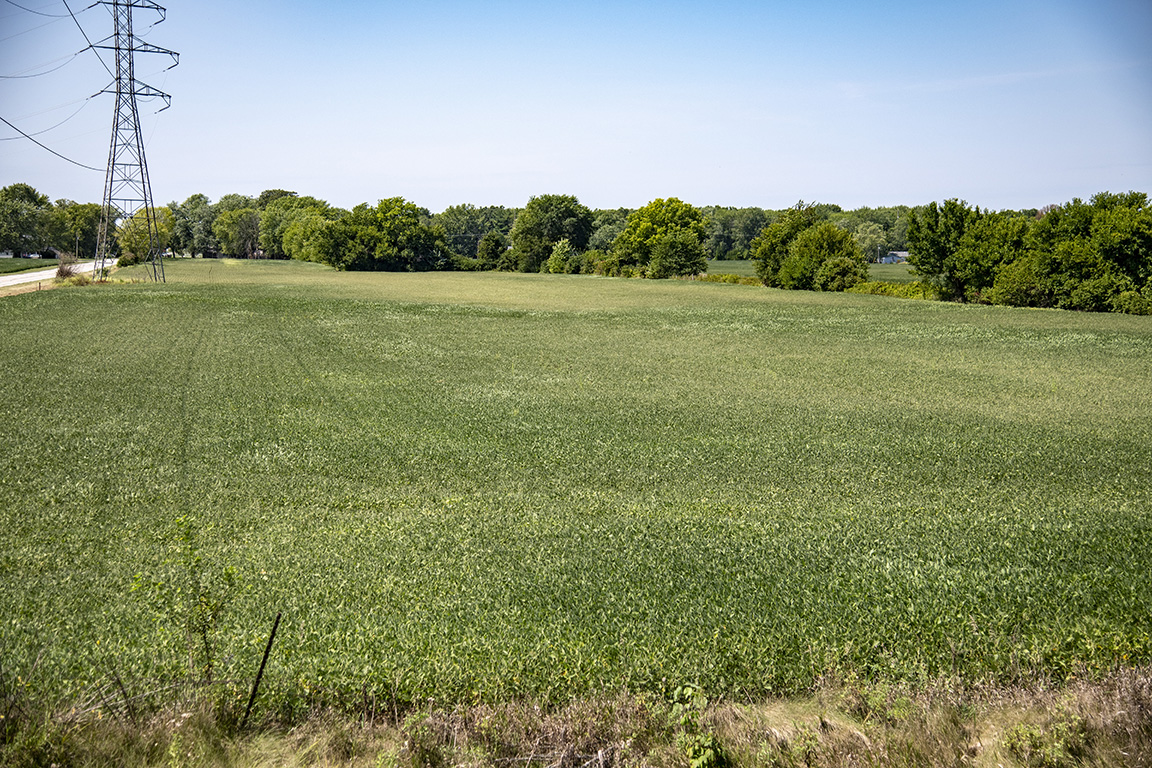
Soybean fields throughout the state are rapidly undergoing their annual color changes, deep green to golden yellow.

The majority of the corn across the state of Indiana has either just entered the dent growth stage (R5) or has already been in the dent stage as it approaches physiological maturity (R6, black layer).
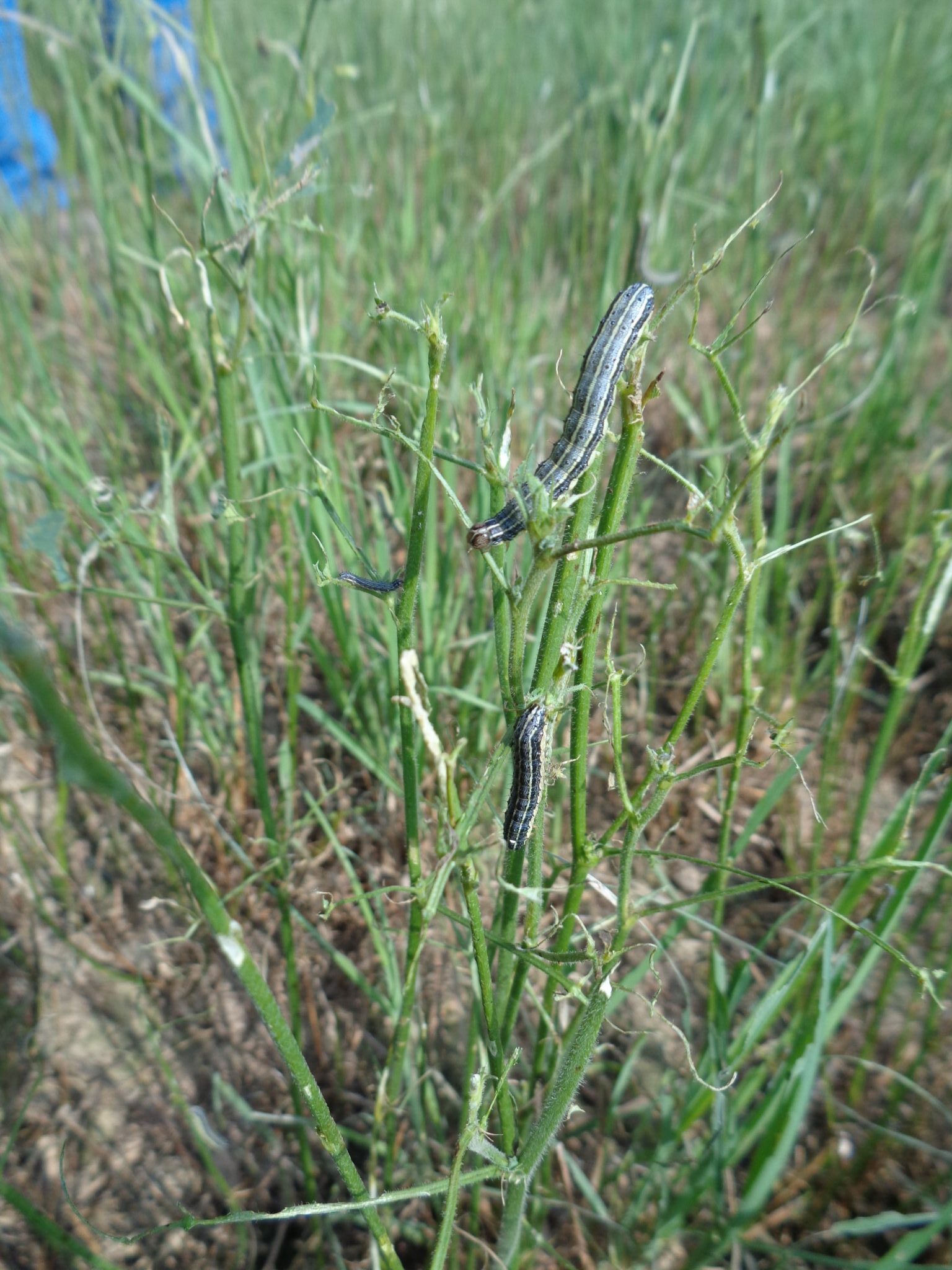
Fall armyworm invasion was predicted in early August by Purdue University entomologists.
© 2026 Purdue University | An equal access/equal opportunity university | Copyright Complaints | Maintained by Pest&Crop newsletter
If you have trouble accessing this page because of a disability, please contact Pest&Crop newsletter at luck@purdue.edu.